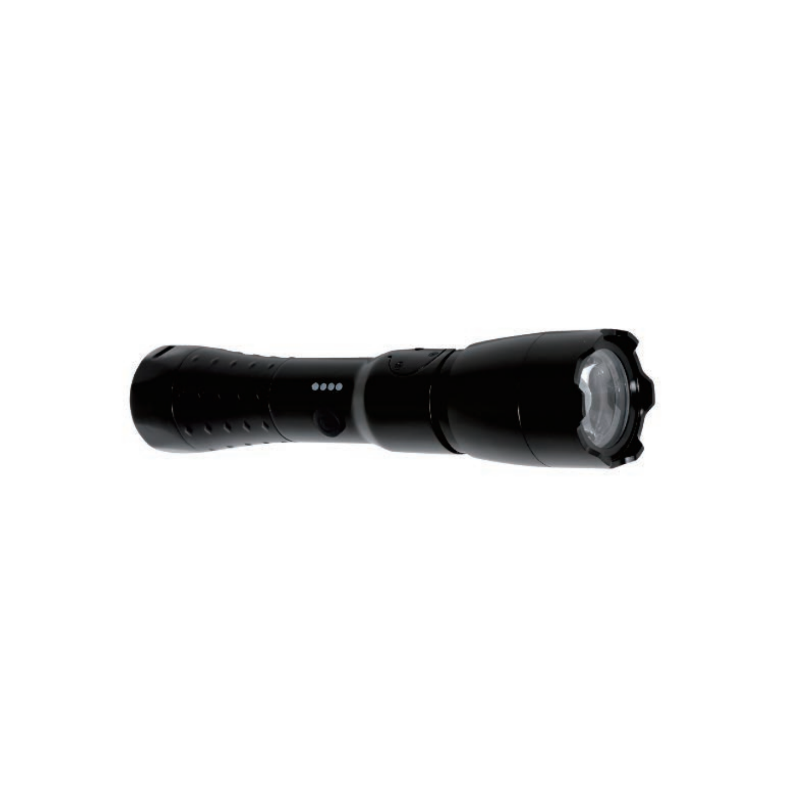What are the sound signals for boats?
When sailing, ships use Marine Sound Signals to communicate, warn or notify other ships, or express specific combat intentions.Common sound signals include short, long and continuous sounds. These signals are used to warn, notify other ships or express specific operational intentions. For example, short sounds are used to indicate changes in direction or avoidance, while long sounds are used to warn in low visibility conditions.
Types of sound signals
- Short sounds: usually last for 1 second, indicating that the ship is about to change course or maneuver.
- Long sounds: last for 4 to 6 seconds, used to inform other ships of their presence when visibility is poor.
- Continuous sounds: indicate that the ship is performing some operations that require special attention, such as backing up or being in distress.

Applications and uses of Marine Sound Signals
Sound signals at sea play an important role in navigation, ensuring that ships can travel safely in all weather and visibility conditions.
Communication and navigation
Sound signals help ships communicate without radio communication or obstructed vision. For example, in fog, two ships can confirm each other’s position by sounding long signals to avoid collision.
Distress and rescue
When in distress, ships will use specific sound signals to send out distress messages. Continuous short sounds or specific international signals can help other ships and rescue teams quickly locate and provide assistance.
Laws and regulations
The International Maritime Organization (IMO) has formulated regulations on ship sound signals, and the maritime laws of various countries also have corresponding legal provisions. These regulations ensure the consistency and safety of global maritime traffic.
Common marine sound signal equipment
There are many types of marine sound signal equipment, including air whistles, horns and foghorns. These devices are selected according to the size and purpose of the ship.
- Air whistle: commonly used for small ships, simple to operate, and short sound propagation distance.
- Horn: used for medium-sized ships, the sound is loud and clear, suitable for medium-distance propagation.
- Foghorn: used by large ships, the sound is deep and powerful, the propagation distance is long, and it is particularly suitable for use in low visibility conditions such as fog.
Daily maintenance
In order to ensure the effectiveness of Marine Sound Signals, daily maintenance is essential. Regularly check and test the equipment to ensure that it works properly at critical moments. Especially before sailing, conduct a comprehensive inspection to ensure that the signal equipment is fault-free.
Crew members need to receive professional training and master the use of various sound signals. This includes not only the issuance of signals, but also the correct interpretation and response to signals from other ships. Training is usually carried out in maritime schools or through professional maritime institutions.





